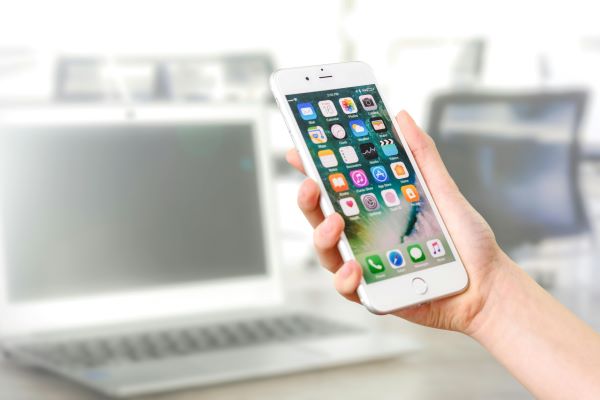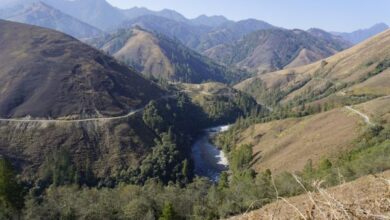Digital dialogue: How govts use social media for public good
Social media makes public policy more interactive, data-driven, and people-focused, bridging the gap between govt & the governed

 The very definition of social media includes digital platforms and technologies that help create, share and interact with all using relevant content. In other words, social media is a “web-based platform that enables individuals and organisations to create, share and exchange information, ideas, and content in virtual communities and networks”.
The very definition of social media includes digital platforms and technologies that help create, share and interact with all using relevant content. In other words, social media is a “web-based platform that enables individuals and organisations to create, share and exchange information, ideas, and content in virtual communities and networks”.
Then, the use of social media has become an important aspect in the public policymaking process. As a tool, it is used to disseminate information, make announcements and revisions, receive feedback and engage with communities, which helps in improving transparency. To elaborate, governments use social media to:
- Organise awareness campaigns to convey on issues like health initiatives and education policies to ensure widespread knowledge and information
- Conduct sentiment analysis to redesign public policies based on inputs/feedback from the public
- Used for grievance redress to track complaints
- Engage with communities through live streaming
Challenges in Using Social Media for Policy
Challenge 1: Privacy Concerns
Unable to manage public opinions and the use of unethical data
Challenge 2: Lack of digital knowledge
Due to a lack of access or no knowledge of technology, several citizens are not a part of this process
Challenge 3: Spread of Incorrect News
Fake news goes viral and spreads to misguide citizens
Benefits
While there are barriers, there are also some advantages of using social media in public policy, and they include:
- Pooling ideas with constant stakeholder engagement
- Enhanced Public Engagement
- Allows direct interaction between policymakers and citizens
- Enables participatory governance through polls, comments and discussions
- Builds a more informed and active civic community
- Helps disseminate important information quickly
- Develops a monitoring and feedback system to allow citizens to provide their opinions
- Essential tool for disaster response, health crises, and public safety alerts
Best Practices
- React/respond quickly to public concerns
- Include analysis from social media in review mechanisms
- Continue a consistent approach to using social media effectively
- Foster inclusive participation from all citizens
In short, social media makes public policy more interactive, data-driven, and people-focused, bridging the gap between governments and the governed.
In short, governments can use social media to share information using text and images, for networking to build relationships, share live updates as real-time communication, and most importantly, establish an interactive platform for healthy dialogues and discussion.





